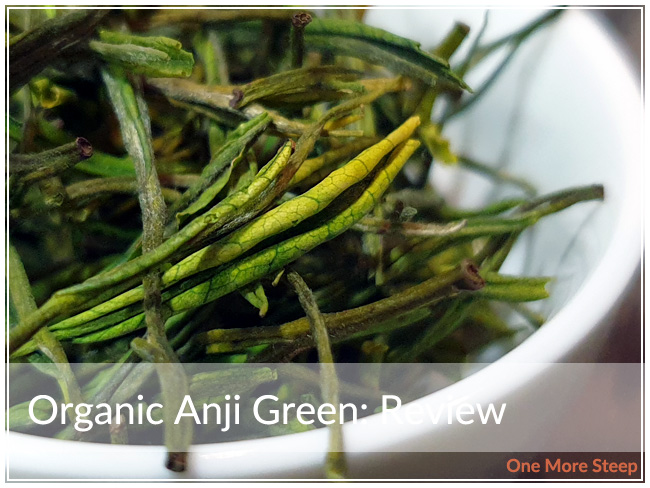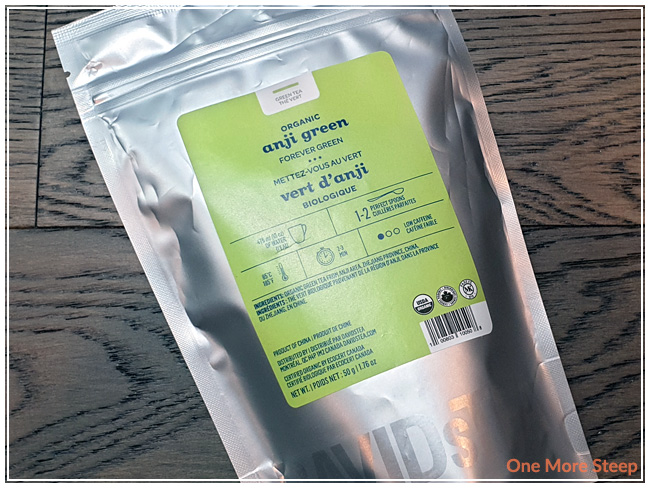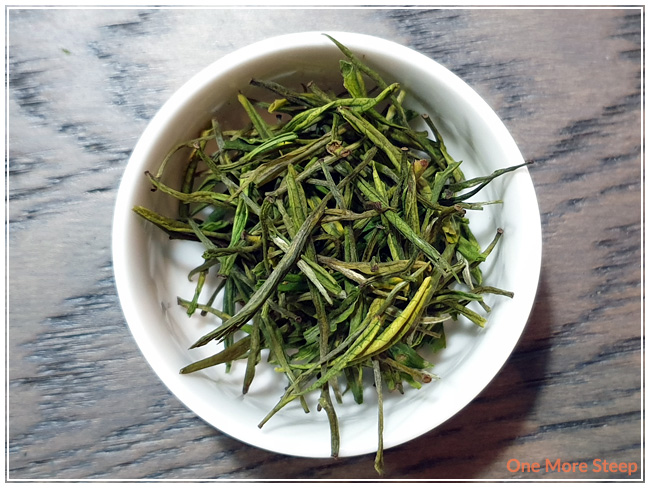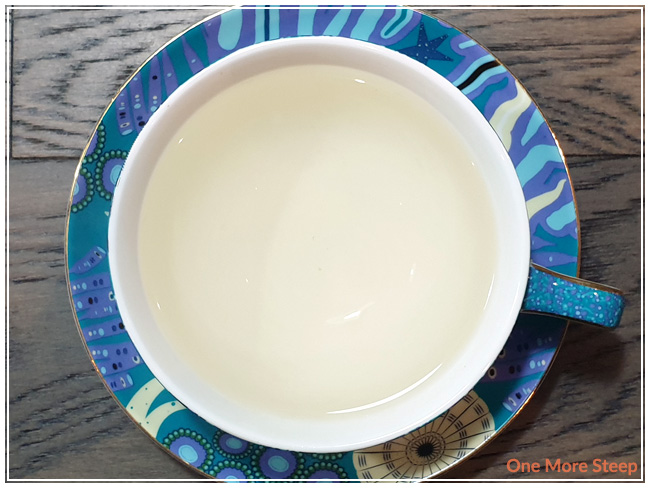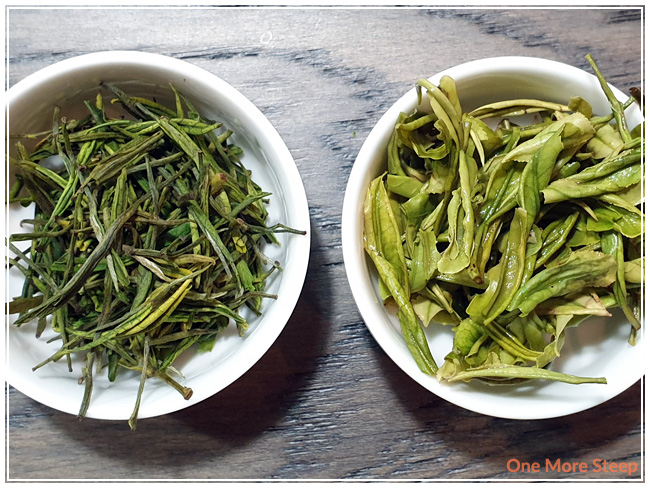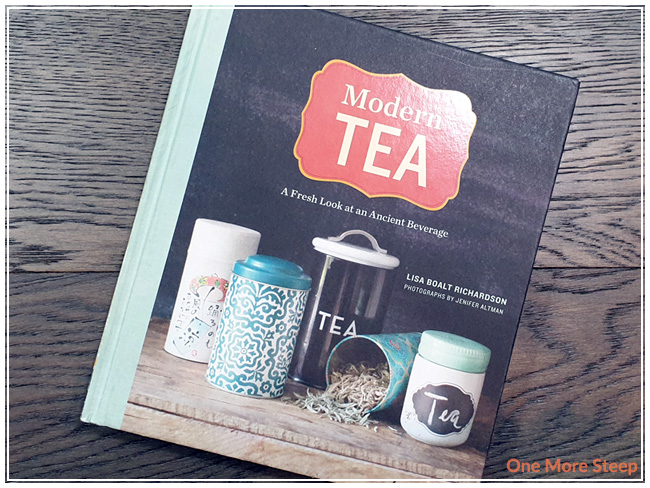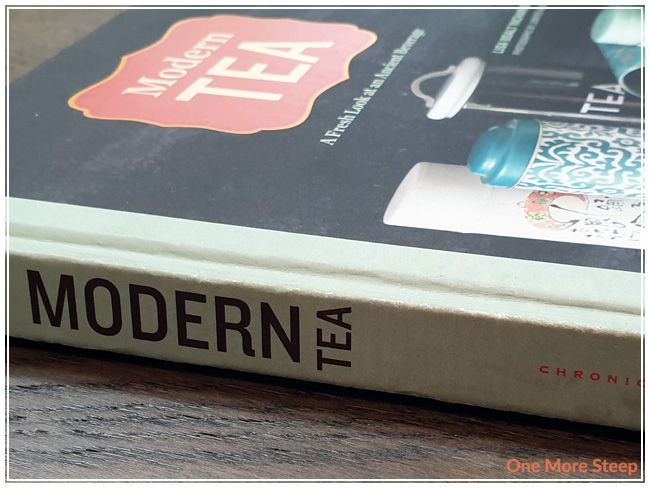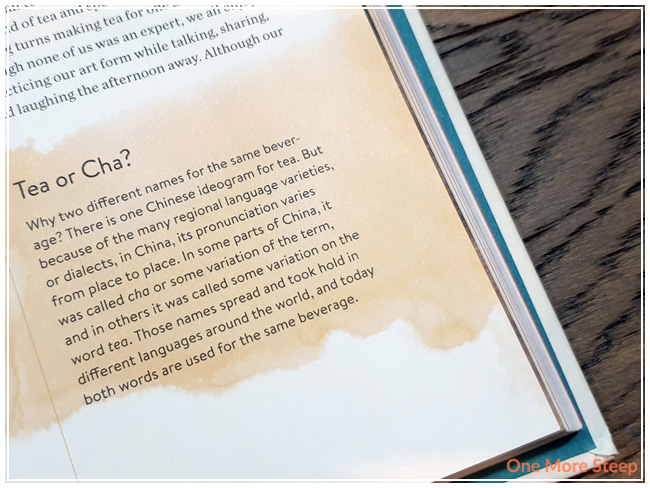Chocolate Mint Black Tea by Tastea Treats
Black Tea / Flavoured
$9.00 for 100g
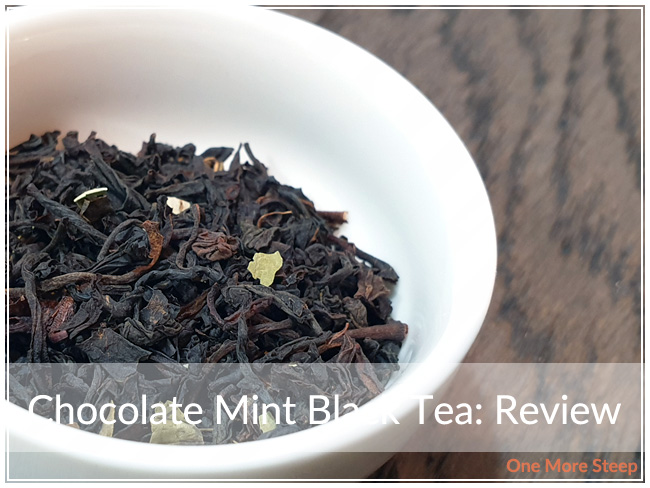
I took part in a Secret Santa tea exchange on Instagram in December 2019. I received this tea as part of the gift from my Secret Santa, a review was not requested.
First Impressions
Chocolate Mint Black Tea comes in a sealed, resealable shiny black pouch. There’s a lovely colourful label on the front that tells me information about the tea (name, description, ingredients, and preparation tips). The tea itself has a really lovely smell – mint and chocolate and it reminds me a lot of candy (which is always a plus!). It’s a surprise to me that there isn’t any actual chocolate pieces in this blend since it smells so much like chocolate
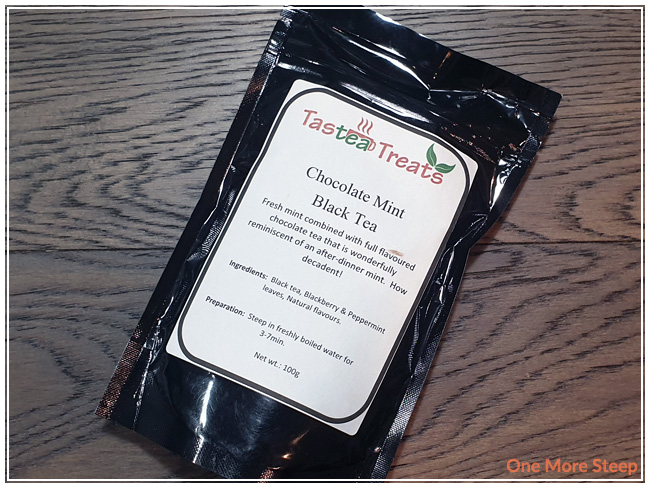
The ingredients in Chocolate Mint Black Tea include: black tea, blackberry leaves, peppermint leave, and natural flavours. I don’t really smell blackberry, but I think that’s because the peppermint is such a strong ingredient in terms of aroma. Either way, the idea of a chocolate mint aroma without actual chocolate is interesting and entices me to try it out.
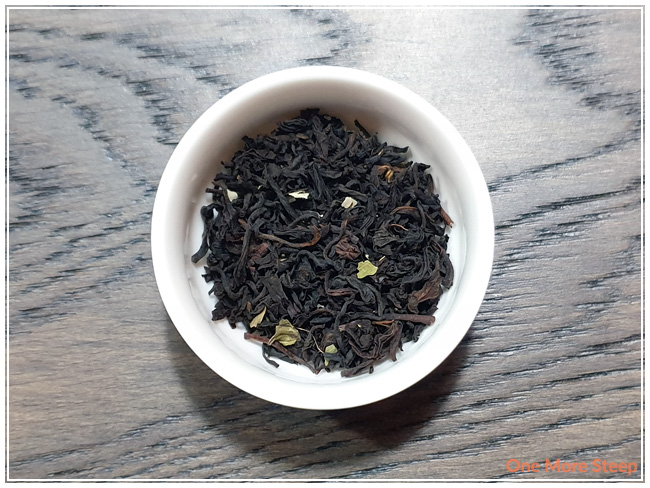
Preparation
Tastea Treats recommends steeping Chocolate Mint Black Tea in “freshly boiled water” (100°C/212°F) for 3 to 7 minutes. I opted for an initial steep of 5 minutes.
First Taste
Chocolate Mint Black Tea steeps to a golden orange colour. There’s a very lovely mint aroma to the steeped tea. The flavour of the tea is nice – there’s sweetness, minty flavour, and also chocolate notes without being overwhelmingly chocolate. I think it’s pleasant that chocolate isn’t an actual ingredient because chocolate pieces often leads to oils floating on top and more clean up is involved. That said, the mint is definitely stronger in flavour than the chocolate, which I think is fine. I would say that you probably wouldn’t need any sweetener since there’s a good amount of natural sweetness in the tea (but I would recommend an unflavoured sweetener if you opt to add some, so you don’t distract from the chocolate minty goodness).
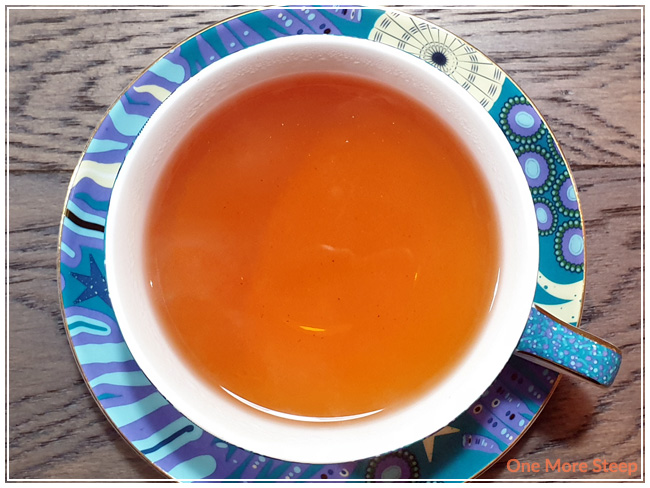
A Second Cup?
I attempted to resteep Chocolate Mint Black Tea. Unsurprisingly, the flavours weren’t quite there with the second steep – I found that the mint was considerably less compared to the initial steep and the chocolate flavour was quite weak. The black tea base does come out in the second steep though, it reminds me a bit like a breakfast blend with some malty notes. So if you’re drinking this for the chocolate mint flavours, stick to the initial steep but if you’re also a fan of black teas then a second steep would do you some good.
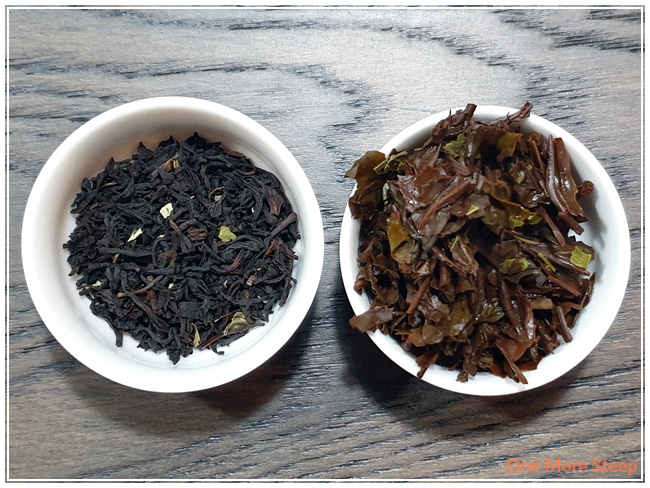
My Overall Impression
![]()
I loved Tastea Treats’s Chocolate Mint Black Tea. I really enjoyed the aromas and the flavours from the initial steep. What really impressed me was the fact that chocolate isn’t an actual ingredient in the blend, which meant not having to wait for chocolate to melt and finding the oil slick floating on top of my tea. It makes for a very pleasant and smooth dessert tea. If you wanted to really push it over the top, I’d pair with some creamer or evaporated milk to add an extra layer of decadence and make it more dessert like.
Curious about the cup rating system? Click here to learn more.
